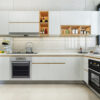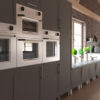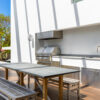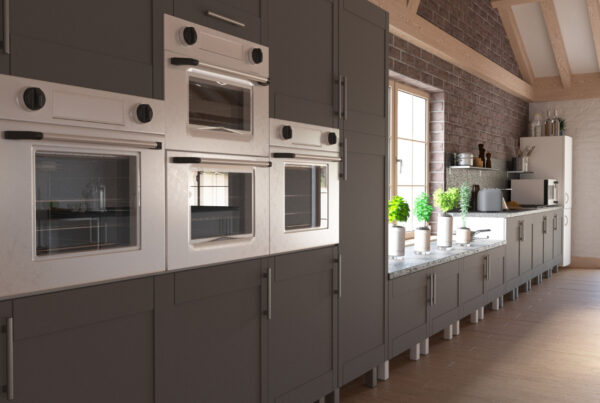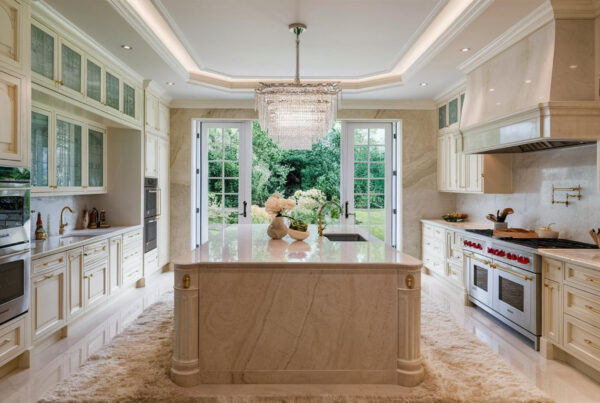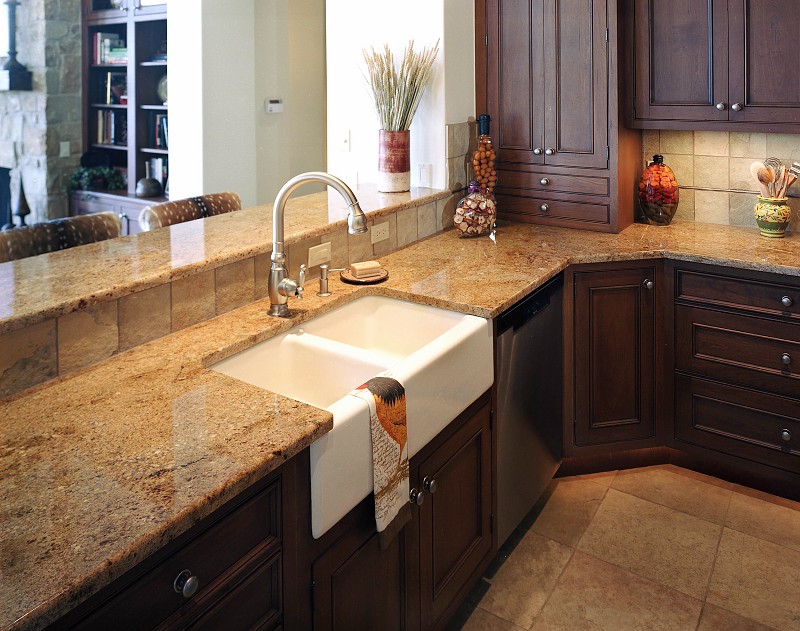
Selecting the right kitchen countertop is a tough job. Most homeowners find this task difficult when it comes to kitchen remodeling. This is because of the several materials that are available in the market. However, one material will always stand out above the rest. Concrete is nearly indestructible making it an excellent choice for home kitchens. NV Kitchen and Bath has prepared a brief guide to help you learn about concrete countertops.
Basics of concrete countertops
The main components of concrete are binder, filler, and water. In most instances, the binder is usually Portland cement. However, fly ash and slag cement are also popular additions. The filler can be anything from beads, crushed glass to gravel and sand.
Furthermore, you can achieve colored concrete countertops through three main processes. These are dye, acid staining, and the use of integral pigment. The most predictable option is using integral pigment. This is because the powder will penetrate the entire concrete slab. The result is permanent when using integral pigment. In addition, there are numerous color choices available to you.
Advantages
The major advantage of concrete is its unquestionable durability. Like its stainless steel counterpart, concrete countertops can last for more than a century.
In addition, there is diversity when it comes to concrete countertops as they come in a variety of shapes, coatings, pigments, and stains.
Furthermore, concrete countertops will help tie the room together. There are several concrete elements in the kitchen including the floor and the walls. Thus, the different concrete elements will create a pattern, and a uniform will emerge.
Disadvantages
The main disadvantage of concrete is that it can develop hairline cracks. This is especially when the concrete countertop is cast in the kitchen. The cracks are because of settling and curing.
